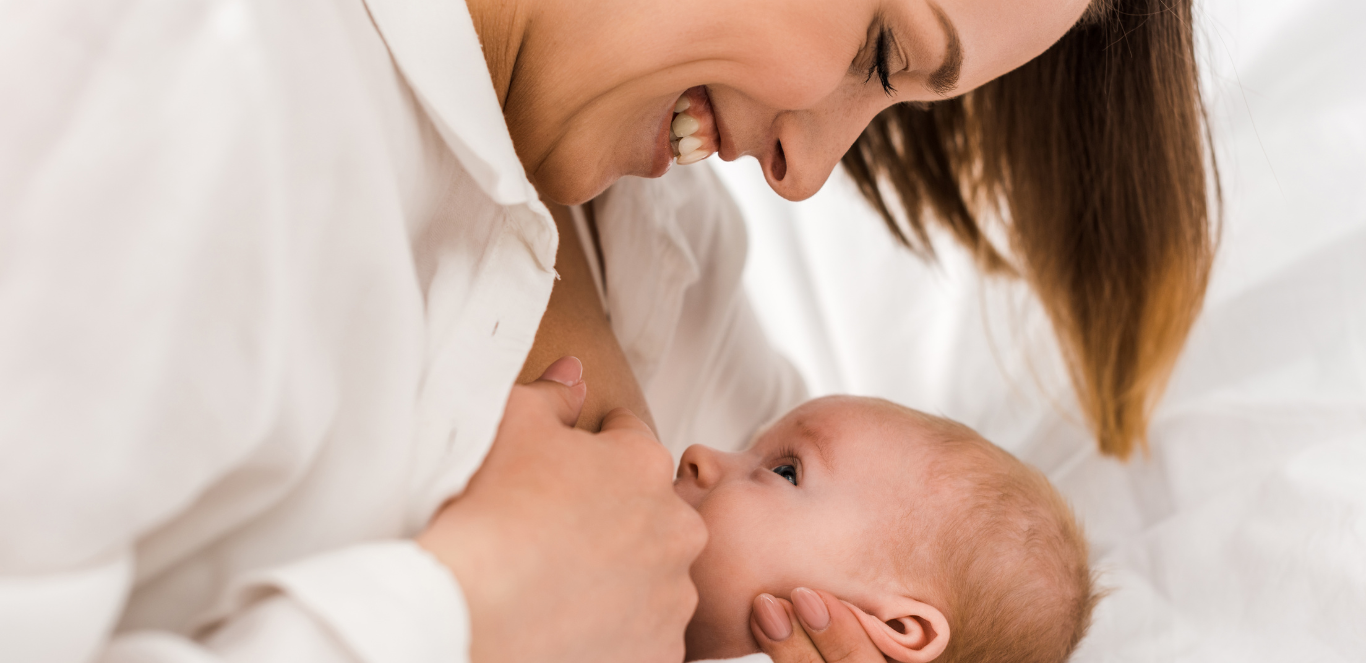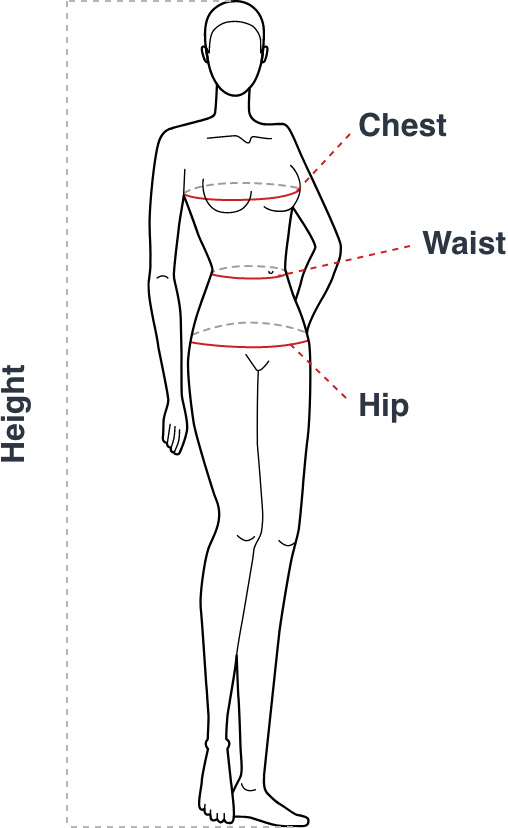Why breastfeeding is actively promoted as the preferred method
Every year, 120 nations commemorate World Breastfeeding Week from August 1 to August 7.
This year's theme ('Step up for Breastfeeding') aims to engage individuals, communities, and governments. The theme aims to increase understanding of healthy breastfeeding environments.
What we know about breastfeeding
In addition to continuing to breastfeed until 12 months of age and beyond, for as long as mother and child desire, it is advised that babies start receiving appropriate complementary feeding (foods and drinks other than breastmilk) at around six months of age.
It is a typical physiological process to breastfeed. However, for some mothers and infants, it is a skill that they must practise and may need assistance with. Support for breastfeeding comes from partners, families, and medical professionals. Employers must also assist nursing mothers who return to the workforce.
Benefits of Breastfeeding
We want to raise awareness of breastfeeding and highlight its significance in support of World Breastfeeding Week 2022. Breastfeeding is the best way to give babies the best start to a healthy life, and it is also beneficial to mothers' own health. Here is a lengthy list of the benefits of breastfeeding for both mothers and infants.
Breastfed babies are proven to have:
- Improved and stronger immune systems
- Fewer bowel problems (diarrhoea, constipation, gastroenteritis etc)
- Fewer respiratory illnesses and colds (pneumonia, RSV)
- Decrease in ear infections
- Less bacterial meningitis cases
- A reduction in retinopathy of prematurity and improved vision
- Lower infant mortality rates
- Overall less illness, and less hospitalisation
- Fewer crying
- Breastfed babies into children have:
- Reduced likelihood of developing allergies, eczema, or asthma
- Lower cancer risks (leukaemia and lymphomas)
- Type 1 and type 2 diabetes risk is reduced
- Less occurrence of Crohn's disease
- Fewer orthodontic and speech issues
- Fewer cavities
- Improved brain development
- Increased resistance to infection
Breastfed babies into teenagers/adults have:
- Less chance of developing arthritis and lupus
- Less chance of developing heart disease in their future
- Less chance of developing pre and postmenopausal breast cancers
- Less chance of multiple sclerosis
Breastfeeding mothers are benefitted physically and mentally with:
- Encouraging faster weight loss after childbirth (burning around 500 calories a day to build and maintain a milk supply)
- Postpartum bleeding is less
- Fewer urethral infections (UTI)
- Lower likelihood of anaemia
- Postpartum depression is less likely to occur.
- Encourages the uterus to contract and shrink back to its pre-pregnancy size The calming hormones prolactin and oxytocin (stress reduction and positive mood)
- Increased serenity in the home
- A stronger emotional and physical bond between the mother and child
- Facilitating travel (breast milk is always clean and at the right temperature)
- Reduced risk of ovarian and breast cancer
- Reduced risk of lupus and arthritis
- Diabetes risk is decreased
- Reduced risk of endometriosis
- Reduced risk of heart disease
- Decreased risk of hypertension
Other benefits:
- Since breastmilk is natural and leaves no carbon footprint it is no harm to the environment
- It is also free! Additionally, the risk of illness declines, which lowers the need for hospitalisation and healthcare expenditures.
How does breastfeeding give so many benefits?
Breast milk offers a wealth of readily assimilable nutritional components, as well as immune-boosting live antibodies from the mother and antioxidants, enzymes, and immune properties. The mother's immune system, which is more developed, produces antibodies to the pathogens to which she and her child have been exposed. These antibodies get into her milk and help shield her child from disease. Immunoglobulin A protects the baby's developing intestinal lining from allergens and pathogens by coating it. Additionally, infant-soothing substances are found in breast milk.







